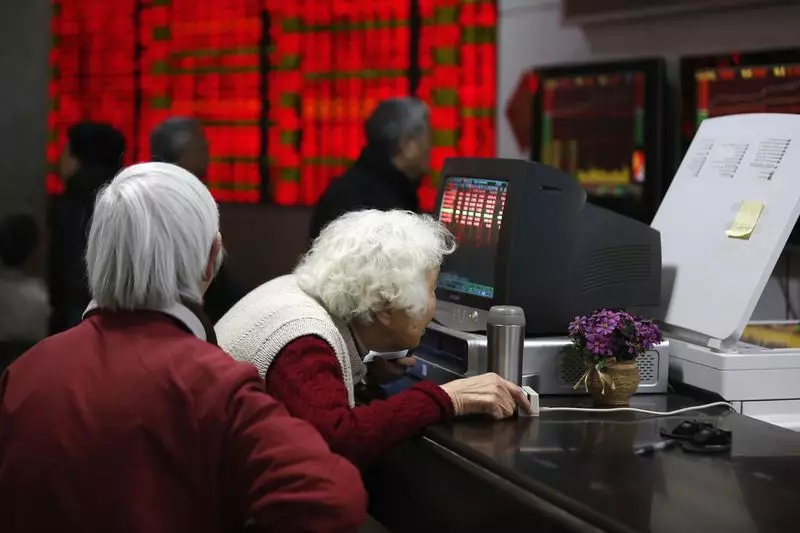On Tuesday, Asian currencies reflected a climate of caution as traders prepared for major announcements from central banks, particularly the U.S. Federal Reserve. Speculation suggests that the Fed is poised to lower interest rates by 25 basis points in an upcoming meeting, while signaling a more gradual approach to further reductions through 2025. This anticipation has lent support to the U.S. dollar, consequently exerting downward pressure on regional currencies across Asia. The relative stability of the U.S. Dollar Index amidst this backdrop indicates a momentary pause for investors as they assess imminent economic policies.
The mood is not uniform across the continent; currency movements vary significantly depending on local economic conditions and central bank strategies. For instance, the USD/JPY pair, reflecting the Japanese yen, remained relatively stable as the Bank of Japan is expected to maintain current interest rates, diverging from earlier forecasts of potential hikes. This decision highlights the underlying strategic differences among Asian central banks, with some opting for stability while others seek to combat inflationary pressures or stimulate growth.
In Indonesia, the rupiah showed a slight appreciation against the dollar as the local central bank is anticipated to keep its key interest rates unchanged. This approach aims at maintaining currency stability amid global shifts. In contrast, the Thai baht also saw minor gains as the Bank of Thailand is likely to hold steady following an unanticipated interest rate cut earlier this month. This mixed sentiment reflects a broader strategic stance where central banks are opting for caution rather than aggressive rate adjustments.
Shifts in economic indicators are further muddling the prospects for several countries. The Philippine peso dipped slightly ahead of a rate decision by the Bangko Sentral ng Pilipinas, which is projected to cut rates again, continuing a pattern observed over the past few months. Such moves indicate broader regional attempts to stimulate sluggish economic growth, yet they raise concerns about currency weakness in times of adjustment.
China’s economic data reveals troubling trends, as retail sales growth decelerated sharply, indicating waning consumer confidence. The slight uptick of the Chinese yuan against the dollar reflects a complex balancing act where economic recovery may not be swift. Similarly, ongoing political unrest in South Korea, highlighted by the recent impeachment of President Yoon Suk Yeol, has led to a softened performance of the South Korean won, further complicating the country’s economic outlook.
In a broader context, the U.S. dollar remains robust, buoyed by traders’ cautious positioning ahead of potential rate cuts. Specific probabilities surrounding future cuts signal that markets may be only tentatively optimistic about easing monetary policy. The Chinese yuan’s minor gains juxtaposed with the struggles of currencies like the South Korean won and Philippine peso underscore the region’s inherent volatility.
Ultimately, as we navigate these uncertain waters, the divergent paths of Asia’s central banks will continue to define currency performance. Investors are advised to stay astute to individual economic narratives as they unfold, particularly in response to central bank communications and global economic indicators that could influence market trajectories. With a mix of caution and strategic intervention prevalent, the Asia-Pacific currency landscape remains dynamic and complex.


Leave a Reply